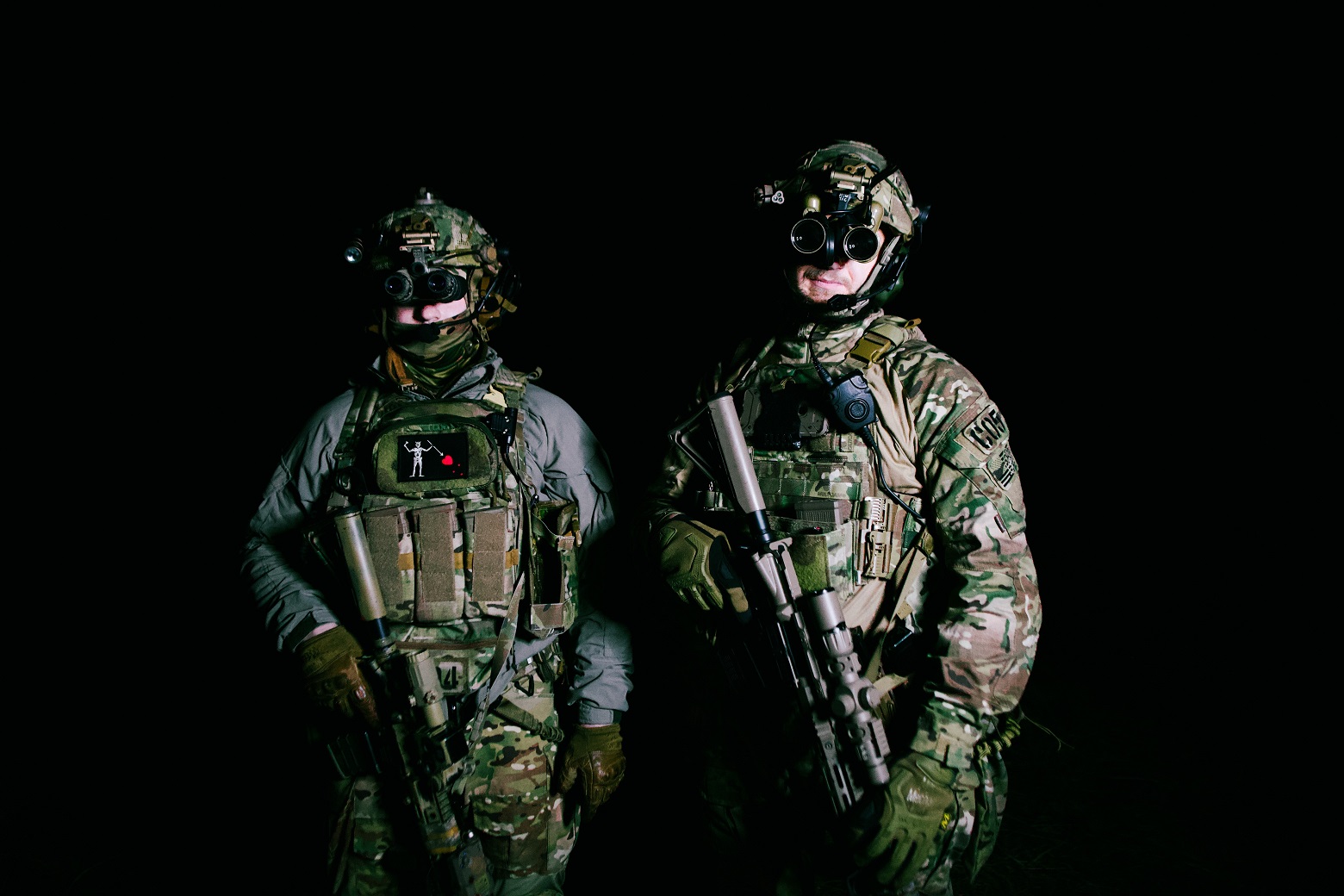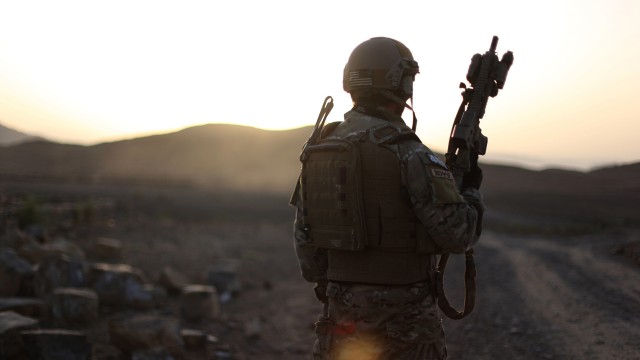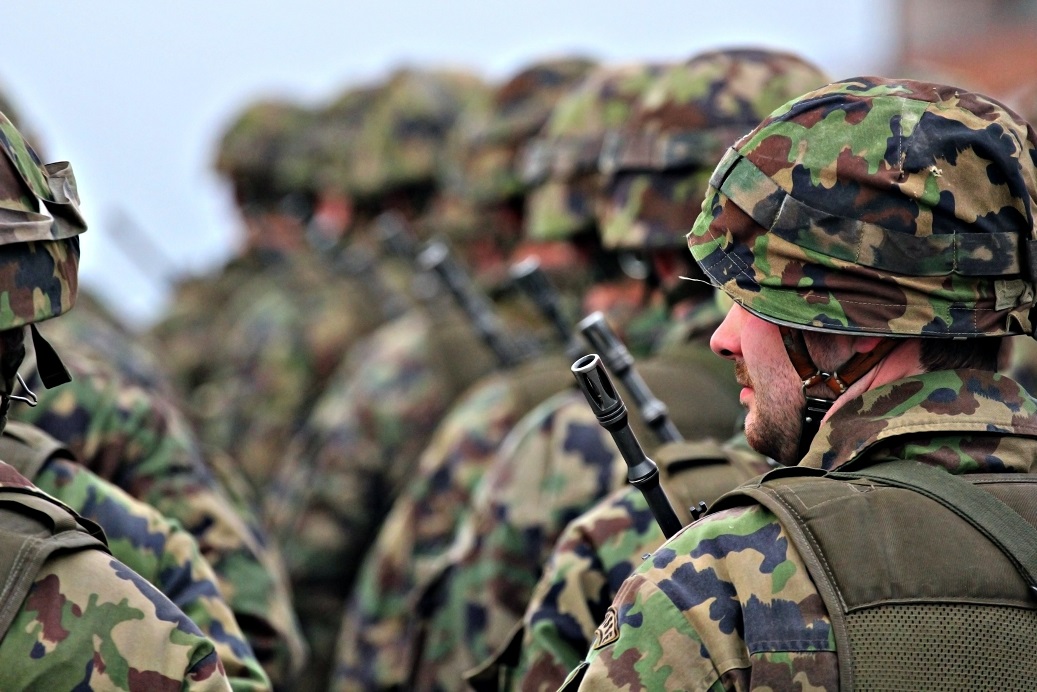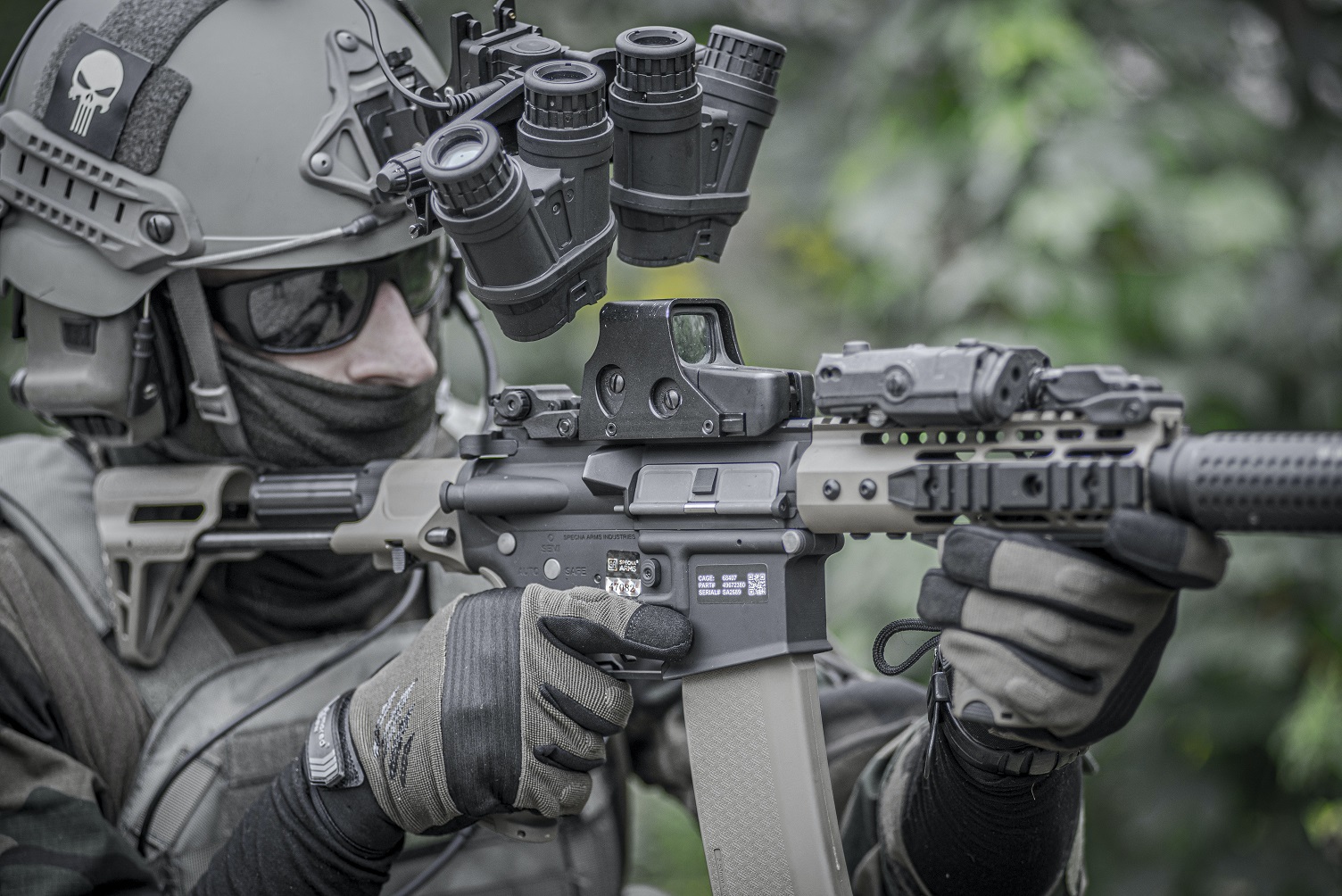A ballistic vest often called a bulletproof vest, is an item of body armor that absorbs the impact, reduces, or stops penetration to the torso from projectiles from firearms and shrapnel from explosions. The vest may come in a soft or hard form. Soft as worn by police officers, security guards, and some private citizens. Prison guards and police can also wear soft vests designed to resist stabbing. The bulletproof vest comes in the hard form as worn by Hostage Rescue Teams, and special mission units either with soft armor or alone. This gives protection against rifle ammunition or explosion fragments
Common bulletproof vests for Marines.
- Interceptor Multi-Threat Body Armor System (IBA)
This is a bullet-resistant vest that was used by the United States Armed Forces in the 2000s, with limited usage in the mid-2010s. The IBA and its design replaced the older standardized protective Personnel Armor System for Ground Troops (PASGT) body armor system that was designed in the late 1970s and introduced in the early 1980s.
Core components of the IBA system consist of the outer tactical vest (OTV), which can be worn with a throat protector, groin protector, and biceps protector. The latter three auxiliary protectors are removable from the main vest, which can be worn alone.
- The Modular Tactical Vest (MTV or MoTaV)
This is a ballistic vest adopted by the United States Marine Corps in 2006. The MTV was designed as a solution to shortcomings of the Interceptor Body Armor (IBA) and was selected after a rigorous proposal and examination process by the Marine Corps.
- The Advanced Combat Helmet (ACH)
This is the United States Army’s current combat helmet, used since the mid-2000s. It was developed by the United States Army Soldier Systems Center, the U.S. Army Special Operations Command, and the U.S. Army Research Laboratory. The ACH is derived from the Modular Integrated Communications Helmet.
You can read all the rest of our blog posts here.










